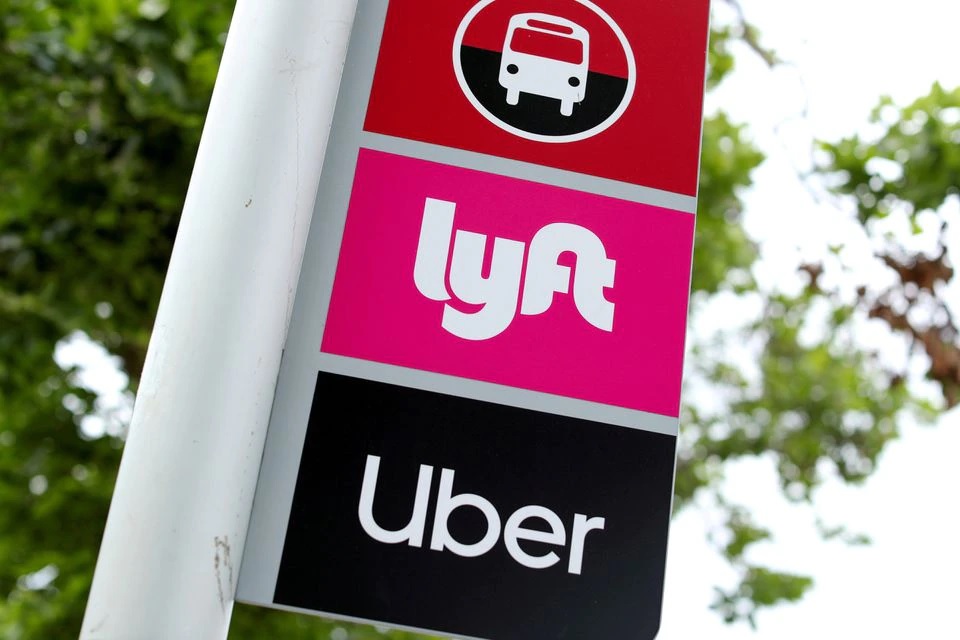Feb 7 (Reuters) – Uber Technologies Inc’s (UBER.N) revenue growth is set to outpace that of rival Lyft Inc (LYFT.O) as the rideshare firm’s presence in major markets around the world gives it the heft to deal with inflationary pressures.
Ridesharing companies are starting to recover from pandemic lows as offices reopen and following a resurgence in travel on the back of reopening of closed borders and a strong U.S. dollar.
Uber’s larger scale, reflected in a $67 billion market cap that is nearly ten times that of its rival, has also allowed it to spend more on incentives to attract drivers at a time when the industry recovery has flooded rideshare firms with demand.
“Lyft is on the losing end of Uber’s mobility and delivery network effect … in a world of increasing focus on profitability, Lyft does not deliver,” MoffettNathanson analyst Michael Morton said.

CONTEXT
Analysts at UBS pointed to data that showed the time drivers spent on the Lyft app had decreased, while share of driver app downloads increased for Uber in the fourth quarter.
“When we look at driver time spent data on a 2-year growth basis our concerns on Lyft losing market share are magnified … we come away more concerned about Lyft’s need to invest in incentives,” UBS analyst Lloyd Walmsley said.
Uber’s food and delivery segment, which makes up for more than a third of its revenue, has so far been resilient in the weakening economy but it faces risks from a pullback in consumer spending.

FUNDAMENTALS
** Analysts expect Uber to report fourth-quarter adjusted earnings before interest, taxes, depreciation and amortization (EBITDA) of $614.79 million and an adjusted loss of 18 cents per share
** Lyft is likely to report adjusted EBITDA of $91 million, an increase of 22%, and adjusted earnings of 13 cents per share
WALL STREET SENTIMENT
** Fourteen of 47 analysts rate Uber “strong buy”, 28 “buy” and five “hold”
** Five of 46 analysts covering Lyft have a “strong buy” rating, 16 “buy”, 24 “hold” and one “sell”











